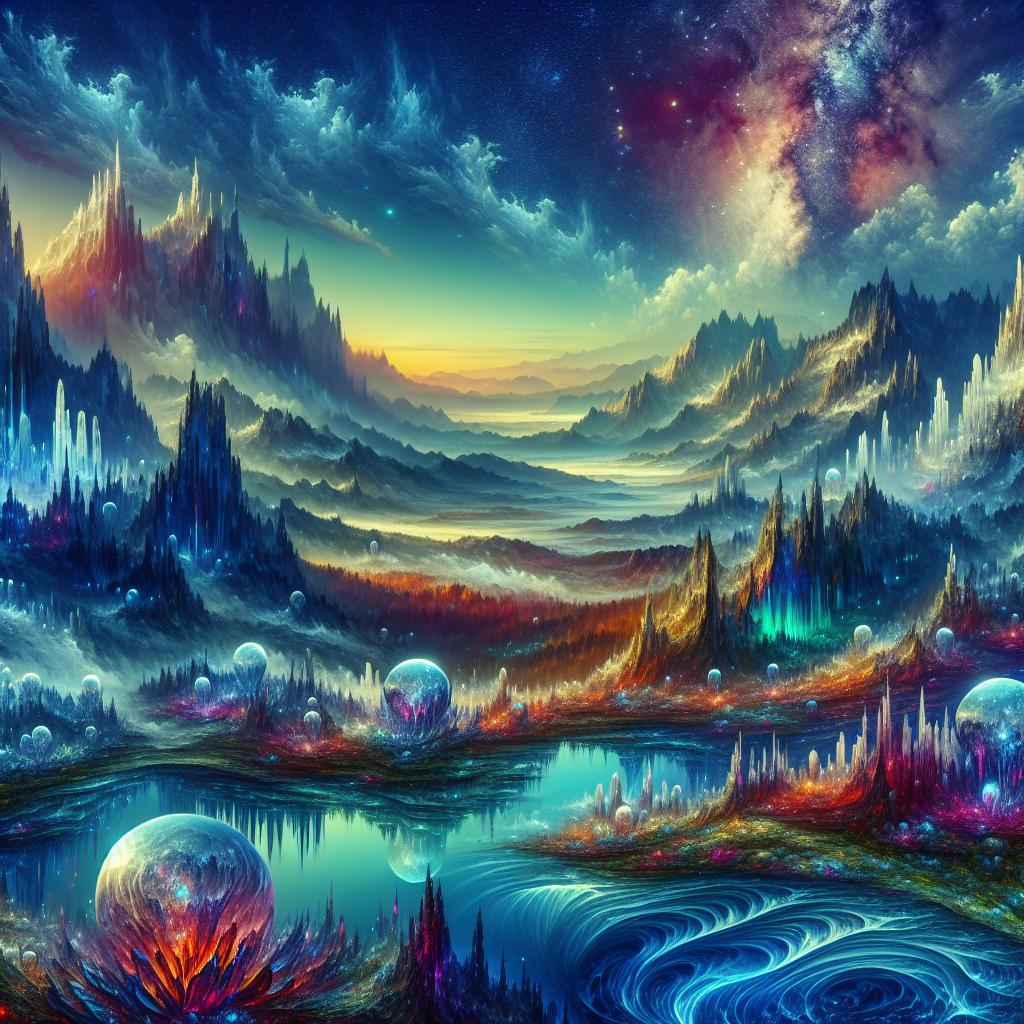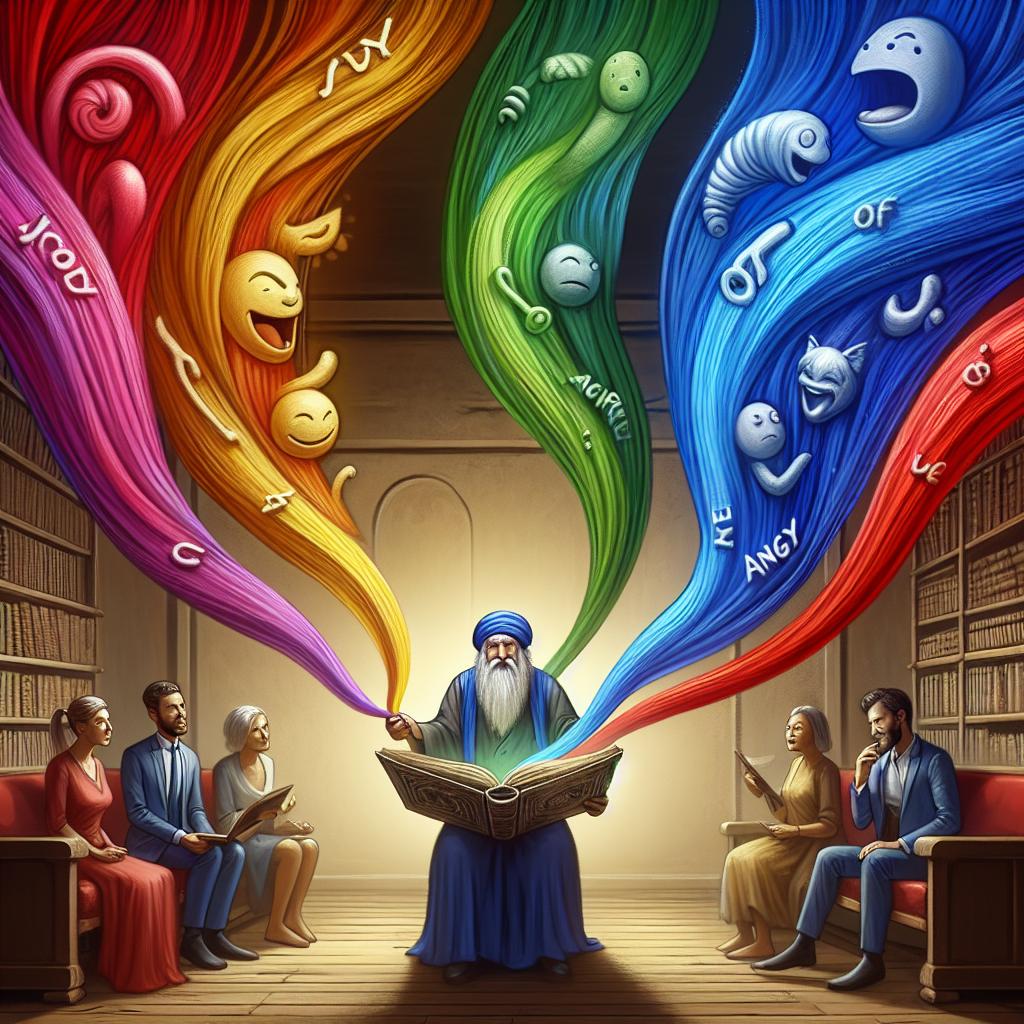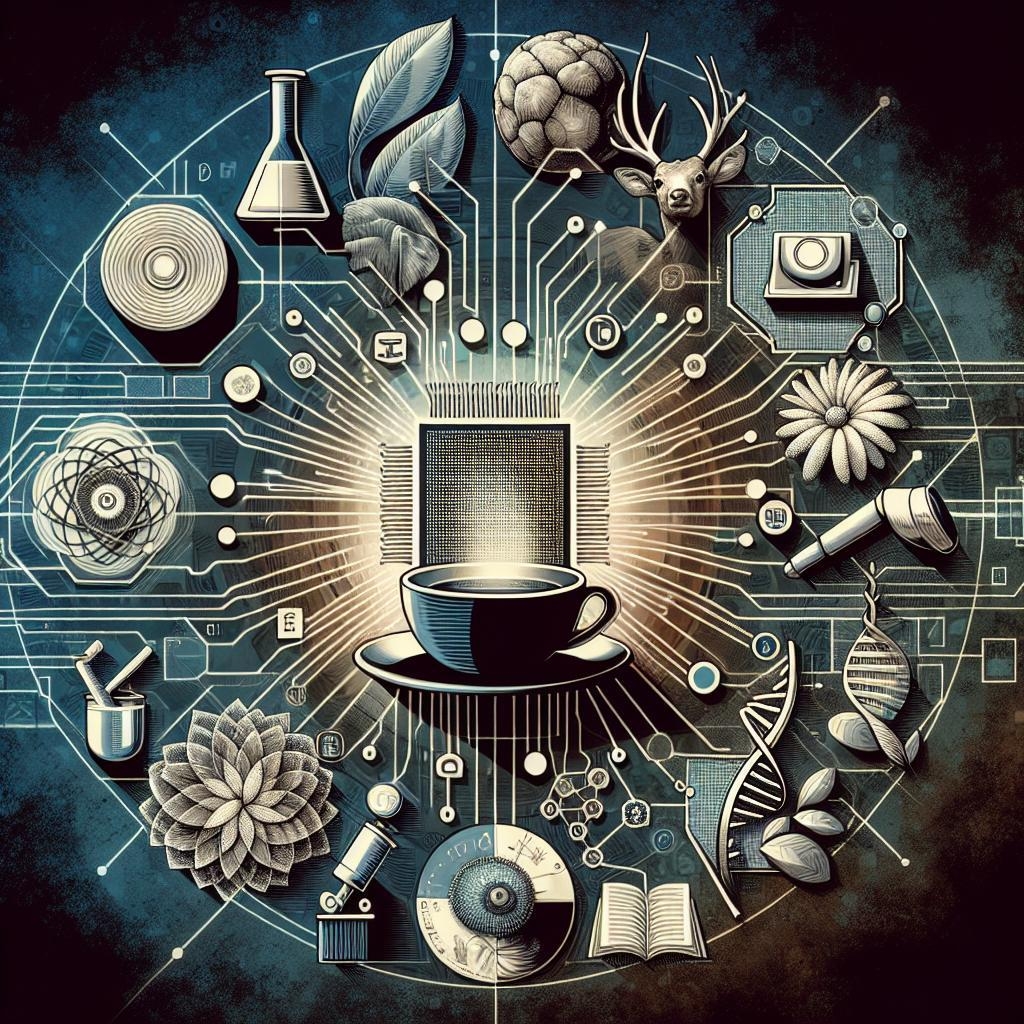We all love a good story, right? Whether it’s a campfire ghost tale, a captivating book, or an epic blockbuster, stories are the threads that weave our very human experiences together. But what happens when the age-old art of storytelling meets the vibrant world of visual arts? Enter the enchanting realm of visual storytelling, where our imaginations run wild, and tales come to life with every stroke of a brush, click of a camera, and frame of a film.
Welcome to “Crafting Tales: The Art of Visual Storytelling.” Here, we’ll explore how artists wield their creative magic to craft narratives that speak louder than words, captivating our hearts and minds in the most vivid ways imaginable. So grab your popcorn, a comfy chair, and let’s dive into the mesmerizing world where visuals and stories intertwine like never before!
Table of Contents
- Breathing Life into Characters: Crafting Relatable Personas
- Setting the Scene: Building Immersive Worlds
- Harnessing Color and Mood: The Emotional Palette of Storytelling
- Dialogue Dynamics: Crafting Conversations that Captivate
- Q&A
- Wrapping Up
Breathing Life into Characters: Crafting Relatable Personas
When dreaming up the heartbeat of your visual storytelling, think of characters as the soul. Breathing life into them means giving them quirks, flaws, and aspirations that resonate with your audience. Create personas that are a blend of both ordinary and extraordinary. Think about their everyday struggles, victories, and those unique attributes that make them stand out.
- Backstory: Delve into their past. What moments shaped their personality?
- Motivations: What drives them forward? What are their dreams?
- Flaws: Imperfections make characters relatable. Embrace them.
- Quirks: Little habits or idiosyncrasies that make them memorable.
Characters should feel like they could step off the page or screen and exist in the real world. Use dialogue that’s natural and actions that are consistent with their established identities. Here’s a simple breakdown illustrating essential character elements:
| Element | Purpose | Example |
|---|---|---|
| Backstory | Provides depth | Lost their home in a storm |
| Motivations | Drives actions | To find a new place to belong |
| Flaws | Makes relatable | Afraid of change |
| Quirks | Adds charm | Always speaks in rhymes |

Setting the Scene: Building Immersive Worlds
Immersing your audience in a fully-realized world requires meticulous attention to detail. Every element you introduce, from the grandiose landscapes to the minute artifacts, is an opportunity to breathe life into your narrative. The key elements are:
- Setting: Create a backdrop that supports the story’s tone and message.
- Characters: Design personalities that feel rooted in the world.
- Culture: Develop traditions, languages, and societal norms that enrich the environment.
The interaction between these elements establishes a vivid setting that readers can lose themselves in. Don’t forget the importance of sensory details – evoke sights, sounds, smells, and textures to create a visceral experience. For example:
| Element | Example |
|---|---|
| Sight | A crimson sunset fading over ancient ruins |
| Sound | The distant howl of a wolf echoing through the valley |
| Smell | The scent of pine mingling with the salty ocean breeze |
| Texture | The rough bark of centuries-old trees beneath one’s fingertips |
When your world is rich with detail, it becomes a character in itself, seamlessly weaving through the plot and influencing every storyline and conflict. Remember, your goal is to create an environment where readers feel as if they can step through the pages and become part of the tale themselves.

Harnessing Color and Mood: The Emotional Palette of Storytelling
To convey emotions powerfully in visual storytelling, the subtleties of **color** cannot be overstated. Each hue on the spectrum holds intrinsic mood connections that, when skilfully manipulated, can transform a scene into a tapestry of emotional depth. Imagine the stark contrast between a melancholic narrative draped in muted blues and grays versus a fervent tale lit with vibrant reds and oranges. Color doesn’t just decorate; it becomes an unspoken dialogue with the audience’s instincts.
- Red: Passion, Anger, Love
- Blue: Calm, Sadness, Trust
- Yellow: Joy, Energy, Caution
- Green: Nature, Envy, Renewal
- Purple: Mystery, Luxury, Creativity
Visual storytellers often harness these color codes to subtly guide the viewer’s emotional journey. A masterful example lies in Ghibli films, where the serene greens and blues transport us to tranquil, magical realms, whereas the ominous reds and blacks in a horror story can raise pulses and quicken breaths. When creators align their visual palette with the narrative’s emotional arc, they enhance the storytelling experience in ways words alone cannot achieve.
| Emotion | Primary Colors | Example Usage |
|---|---|---|
| Love | Red, Pink | Romantic Scenes |
| Fear | Black, Dark Blue | Thrillers, Horror |
| Joy | Yellow, Bright Green | Celebrations |

Dialogue Dynamics: Crafting Conversations that Captivate
In visual storytelling, dialogue isn’t just about characters exchanging words; it’s about creating **rhythms and textures** that breathe life into the narrative. Imagine your characters’ conversations as the heartbeat of your story, each line a pulse that propels the plot and deepens the connection with your audience. To achieve that, consider these elements:
- Authenticity: Characters should speak naturally, reflecting their background, emotions, and the situation they’re in.
- Purpose: Every line of dialogue should have a purpose—whether it’s revealing something about a character, advancing the plot, or setting the tone.
- Conflict: Integrate tension and clashes in conversations to keep the audience engaged and emotionally invested.
Additionally, leveraging the visual medium can transform ordinary dialogues into extraordinary experiences. Explore these techniques to make your conversations unforgettable:
| Technique | Application |
|---|---|
| **Subtext** | Characters say one thing but mean another, adding layers of meaning. |
| **Visual Cues** | Use body language, facial expressions, and surroundings to complement or contrast the spoken dialogue. |
| **Pacing** | Control the speed and rhythm of dialogue to reflect the tension and dynamics of the scene. |
By meticulously crafting dialogue with these methods, you can ensure that every conversation in your story is packed with **emotional depth** and **narrative drive**, captivating your audience and leaving a lasting impact.
Q&A
**Q&A for “Crafting Tales: The Art of Visual Storytelling”**
—
**Q1: What’s visual storytelling?**
**A1:** Oh, it’s like weaving a spellbinding tale using images rather than words. Think of it as a movie playing in your brain, but you’re the director, adding every detail, frame, and emotion with your magical visual wand.
—
**Q2: Sounds spellbinding! How does one start?**
**A2:** Start where all good tales do—with inspiration. Find what tickles your imagination. It could be a quirky old house at the end of your street or that mysterious alleyway no one ever ventures into. Snap a picture, doodle, or sketch; let your visuals do the talking.
—
**Q3: Are there any key ingredients to a compelling visual story?**
**A3:** Absolutely! Think of these as the spices in your storytelling stew:
1. **Characters**: Whether they’re humans, animals, or inanimate objects with surprising secret lives, they should be engaging.
2. **Setting**: Create a world that’s intriguing. It could be as grand as a galaxy or as humble as a cozy café.
3. **Emotion**: Pack a punch with feelings. A single tear running down a character’s cheek can say more than a thousand words.
4. **Plot**: Give your story a heartbeat—a beginning, middle, and end, with a dash of suspense or a sprinkle of surprise.
—
**Q4: What tools or mediums can one use for visual storytelling?**
**A4:** The sky’s the limit! Here are some popular tools:
– **Photography**: Capture moments and string them together to tell a story.
– **Drawings and Illustrations**: Let your inner artist out!
– **Comics and Graphic Novels**: Blend images with dialogue for a classic storytelling experience.
– **Film and Animation**: Dive into the dynamic world of moving pictures.
—
**Q5: How do you keep the audience hooked from start to finish?**
**A5:** Engage their senses; tantalize their curiosity. Drop hints, plant clues, but don’t reveal your hand all at once. Use perspectives and angles to guide their gaze. Above all, keep your story authentic and relatable, even if it’s set on a far-off planet in another dimension.
—
**Q6: Can you share any common pitfalls to avoid?**
**A6:** Definitely! Watch out for these bumps on your storytelling road:
– **Overloading**: Too many visuals can overwhelm. Keep it clean and focused.
– **Predictability**: Avoid clichés like the plague.
- **Inconsistent Style**: Stick to a cohesive look to maintain the magic.
—
**Q7: Any final tips for aspiring visual storytellers?**
**A7:** Yes! Here’s a nugget of wisdom—stay curious and observant. The world is filled with stories waiting to be told. Practice regularly, learn from others, and most importantly, tell stories that matter to you. And hey, don’t forget to have fun with it!
—
Happy storytelling, and may your visuals always speak volumes! 📸🎨🎥🖌️
—
Wrapping Up
And there we have it—a journey through the whimsical world of visual storytelling. From the vibrant swirls of graphic novels to the silent poetry of photographs, we’ve explored how stories don’t just live in words but breathe in pixels, paint, and light. Crafting tales isn’t just an art; it’s a dance, a song, an unspoken connection between the creator and the audience. So next time you see a comic strip or stumble upon a striking illustration, remember, it’s not just a picture—it’s a universe waiting to be discovered. Unleash your creativity and let your story unfold. Until next time, keep seeing the world with a storyteller’s eye. ✨📚🎨
